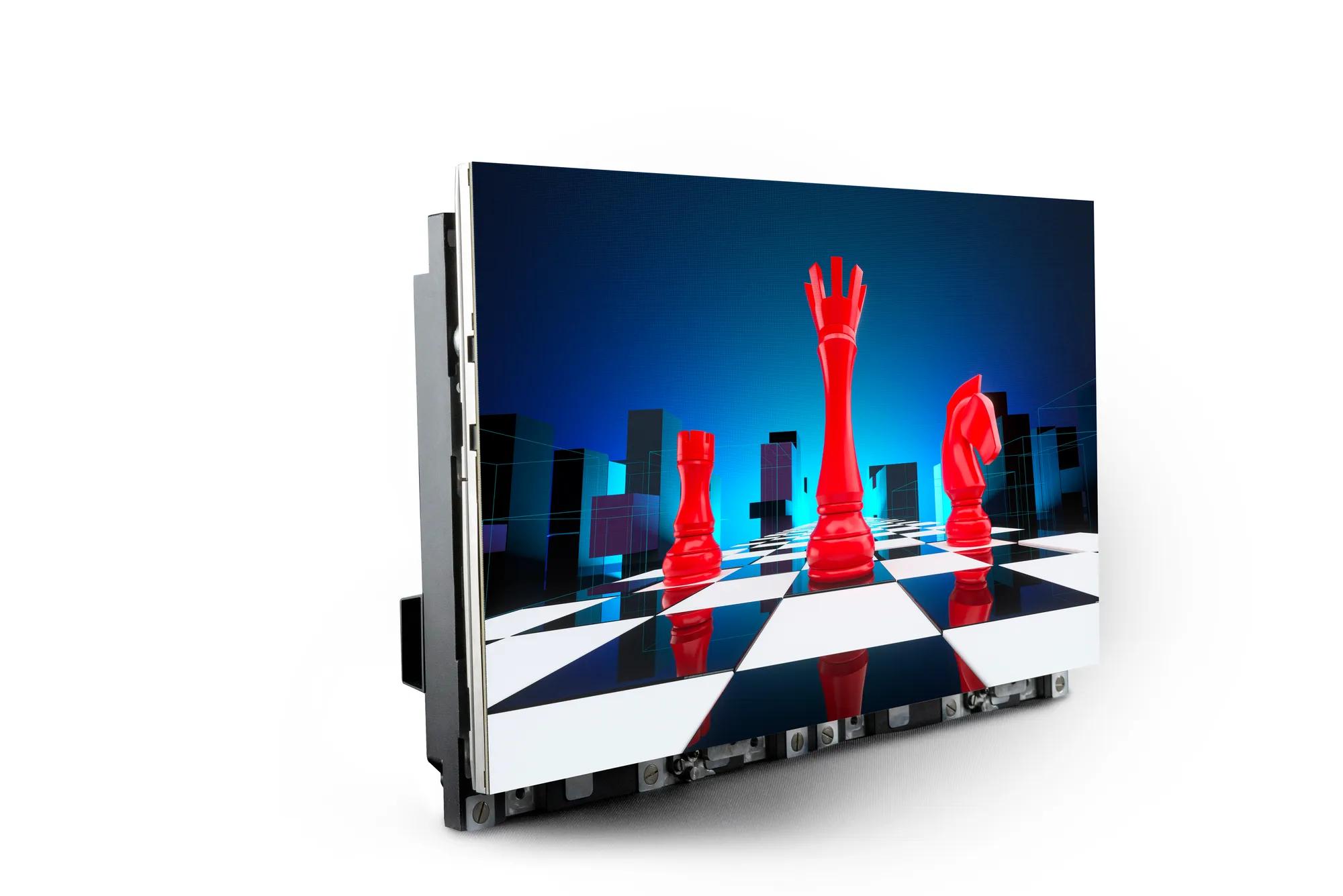Enhancing Aesthetic Impact Through Tactical Content Scheduling in LED Wall Execution
Wiki Article
Enhancing visual impact throughout LED wall performances demands meticulous preparation plus strategic content scheduling. Light-emitting diode walls are powerful tools for visual storytelling, often used during concerts, events, plus displays. The efficacy of these screens relies not only only on the quality of the visuals but also on how and when they are shown. By understanding the audience's attention span and the flow of the event, organizers can create a more engaging experience that captivates viewers and enhances the overall performance.
One key aspect of strategic content scheduling is timing. It is essential to align the visuals with the rhythm and tempo of the show. For example, during a musical performance, visuals should complement the rhythm and atmosphere of the melody. This alignment aids to forge a unified experience that pulls the viewers closer. Additionally, it is important to consider the duration of each image segment. Short, impactful clips can sustain audience interest, while extended visuals may be appropriate for moments of reflection or emotional bonding. By altering the duration and vigor of the images, event planners can keep the audience interested during the show.
Another important factor is the material in question. The images displayed on the LED screen should be pertinent to the concept of the performance. This relevance helps to strengthen the narrative being communicated and makes the encounter more unforgettable for the viewers. For example, if the show is about environmental awareness, using images that illustrate the environment and wildlife can enhance the message. Furthermore, incorporating lively features, such as motion graphics or interactive visuals, can introduce thrill and maintain the audience's attention. The right content, shown at the appropriate time, can significantly enhance the effect of the show.
Viewer involvement is also a key consideration in content scheduling. click over here Understanding the demographics and preferences of the audience can inform the selection of visuals. For example, a younger audience may respond better to vibrant colors and fast-paced animations, while an older crowd might value more nuanced and refined images. By customizing the material to the audience's preferences, organizers can create a more personalized experience that resonates with viewers. Additionally, incorporating audience participation, such as live polls or social interactions, can further improve involvement and render the show more engaging.
Finally, assessing the efficacy of the visual timing is crucial for upcoming shows. Collecting responses from the viewers can offer insightful information into what was effective successfully plus what could be improved. This data can assist event planners improve their approaches and take knowledgeable choices for upcoming events. By continuously assessing and adapting the content scheduling approach, organizers can maximize the aesthetic effect of light-emitting diode screen shows and create unforgettable experiences for their audiences.
